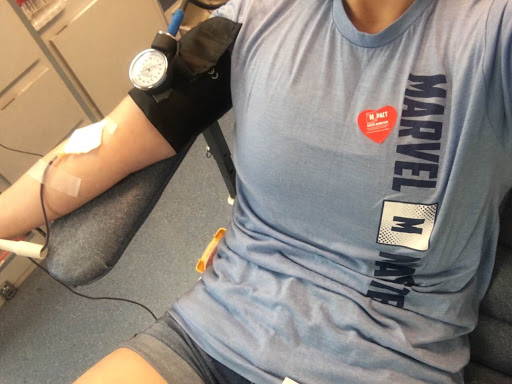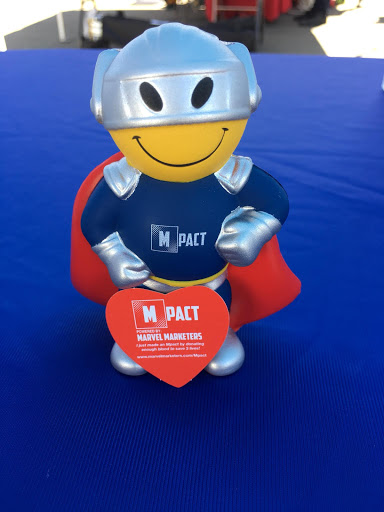Who are you writing to?
What message are you trying to convey?
Until you answer these two questions, your content marketing efforts will fall flat.
The first question is easy to answer if your organization has well-defined buyer personas. Hopefully, you’ve analyzed your existing customers, spotted patterns, and determined what your “ideal customer” looks like. You know what her demographics are, what her behavior patterns look like, what her goals are, what motivates her, and how she uses your product or service.
The answer to the second question is a little trickier because it depends on the specific marketing campaign you’re running. One message could be about a new product, while another message could be about an upcoming webinar you’re hosting, and another could be an attempt to cross-sell other products.
So, how do you create the right message for each buyer persona?
Start by choosing your words carefully

This tip should actually be applied two ways—be careful about the specific words you use AND make sure that all of those words add up to the proper tone. While all of your content should align with your brand voice, the wrong tone can turn off your audience.
For example, just because your brand voice is lighthearted doesn’t mean you can joke around about something serious, like a data breach. The last thing you want is for your audience to think you don’t take their security seriously.
Now let’s talk about the specific words you use.
Let’s say you’re getting ready to launch new software. Your vocabulary in a product announcement to developers will be totally different from your vocabulary in a product announcement to the C-suite.
The developers want to know all of the tech ins and outs of your new software launch, and they understand all of the jargon that goes with them. In fact, without that jargon, they may conclude that your software isn’t comprehensive enough to meet their needs—which motivates them to look for something else to reach their goals.
On the other hand, the C-suite doesn’t want to be bogged down with a slew of long technical terms. Instead, they want you to speak to them in their own “language”—one that consists of ROI, efficiency, and customer satisfaction. That’s what motivates them and helps them achieve their goals. So instead of bragging about what they can do on the back-end to cap API usage, tell them how your new API increases productivity and saves money.
And don’t forget to consider your buyer persona’s free time

Someone who’s retired has more time to read and digest your content than a busy single mom who’s trying to juggle work, the kids, and a clean house. As a result, the length of your content depends on the persona you’re targeting. The single mom will really appreciate a four-sentence email that quickly breaks down the basics, while the retiree will have time to sit and read a detailed blog post that digs deep into the details (as long as it’s interesting!).
Remember, every piece you publish is competing with a sea of other content for your audience’s time. With only so much time in the day, your audience is going to choose emails and other content that “feels right”—meaning that you’re addressing them with the proper tone, using vocabulary that they can relate to, and creating something that fits into their schedule.




